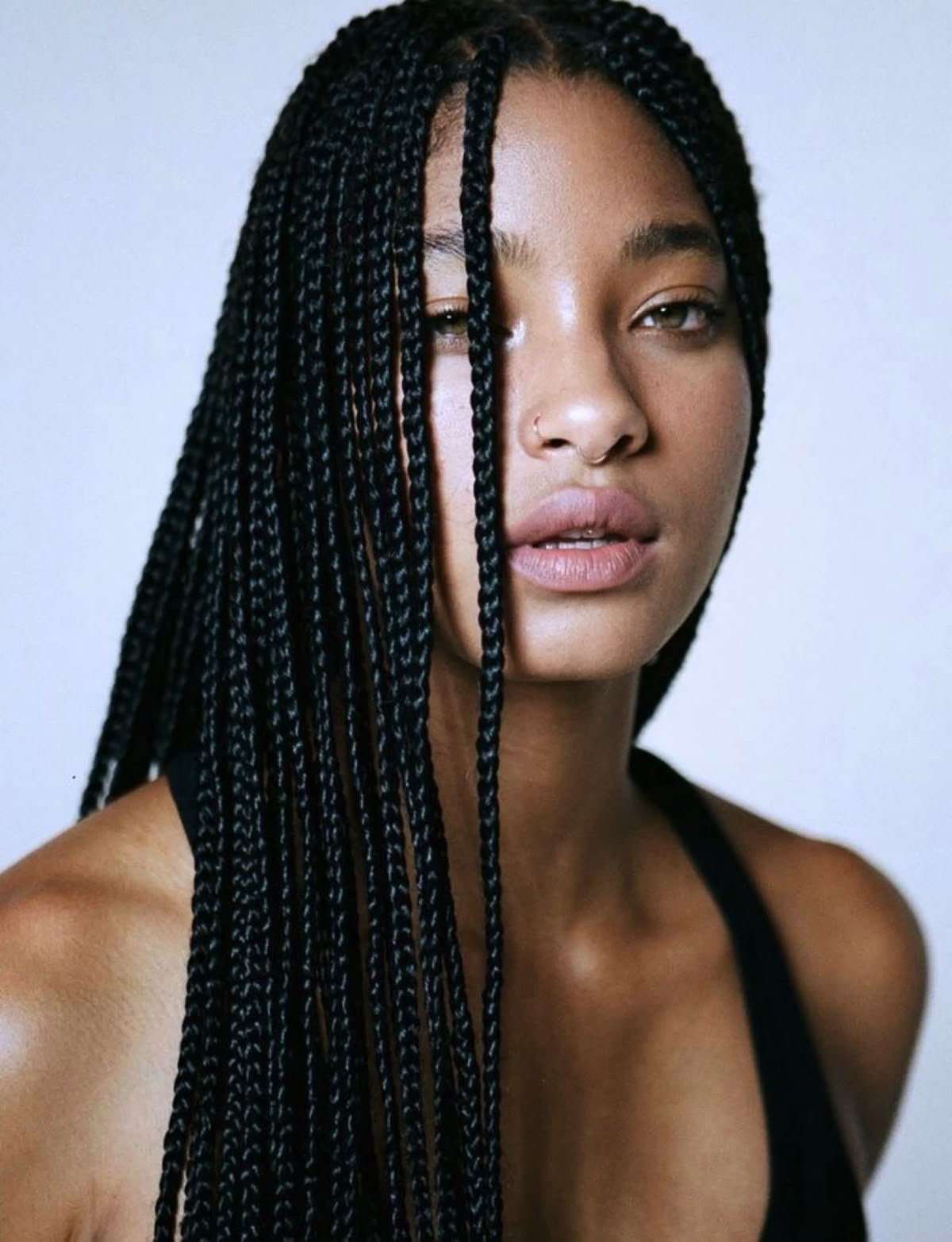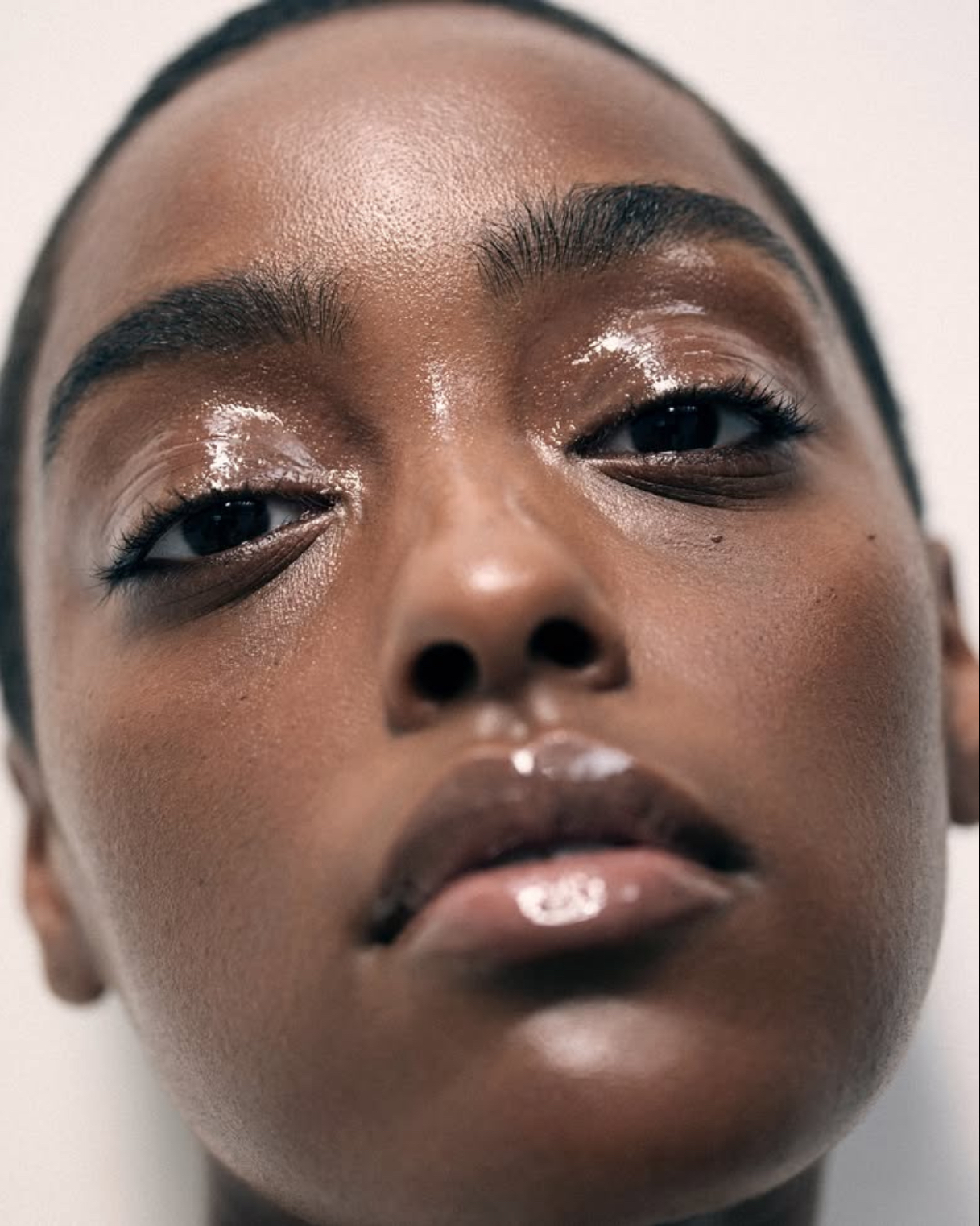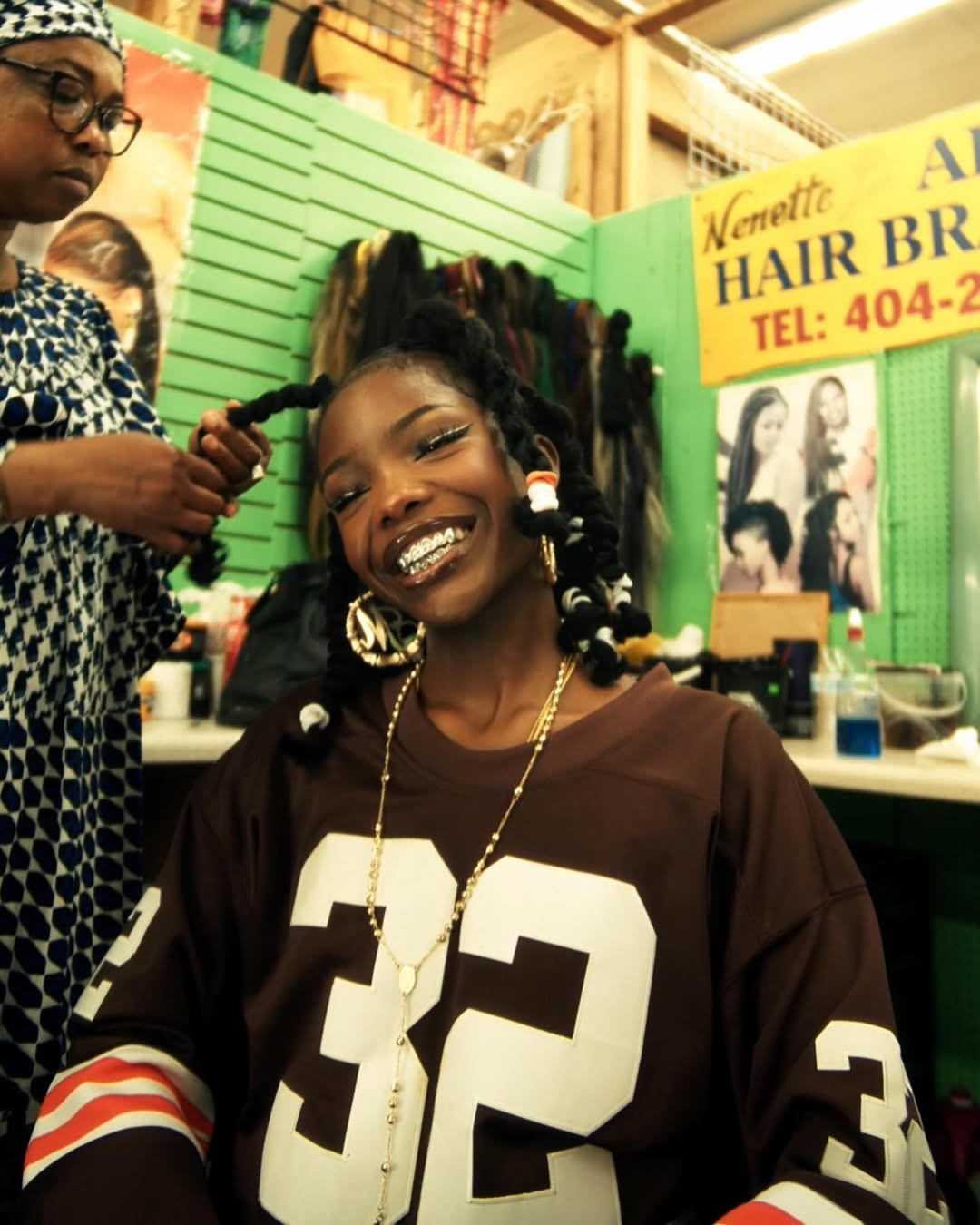You see it everywhere. On runways, in music videos, on your favorite reality TV stars. Box braids, Fulani cornrows, Bantu knots, hairstyles with deep roots in the African diaspora are having a “moment.” Again. For many of us, this sight is a complex cocktail of pride and frustration. There’s a sense of, “Finally, the world sees our beauty!” quickly followed by a sinking feeling: “But do they understand what they’re wearing?”
This isn’t about gatekeeping beauty. It’s about context, credit, and consequence. It’s about asking a critical question: When does appreciation cross the line into exploitation?

The Fine Line: Appreciation vs. Appropriation
Let’s draw the distinction clearly.
- Cultural Appreciation is like being a respectful guest in someone’s home. You admire the art on the walls, you ask about the traditions, you express gratitude. It involves a desire to learn, understand, and honor the context. It’s the non-Black person who gets cornrows while studying abroad in West Africa, learns about their history, and supports local braiders.
- Cultural Appropriation, however, is like someone breaking into your home, taking the family heirlooms off the wall, and selling them as their own trendy new invention without ever acknowledging where they came from. It’s the stripping away of meaning, history, and struggle for the sake of a fashion trend. It’s taking the style, but leaving the people behind.
The difference often boils down to three things: Power, Profit, and Permission.

The Double Standard: Ghetto vs. Edgy
This is the heart of the injustice. For generations, Black men and women have been penalized for the very hairstyles that are now considered “cool” on others.
- A Black woman is sent home from her corporate job for wearing her natural braids, deemed “unprofessional.”
- A Black child is suspended from school for having dreadlocks, seen as a “distraction.”
- Yet, a non-Black celebrity sports the exact same style on the cover of a major magazine and is hailed as an “edgy” and “innovative” fashion icon.
This double standard is not just an insult; it’s a tangible economic and social harm. It tells Black people that their natural state is unacceptable until it is validated, and monetized—by the dominant culture. It allows others to play with an aesthetic while Black individuals continue to bear the real-world consequences of wearing their own culture.
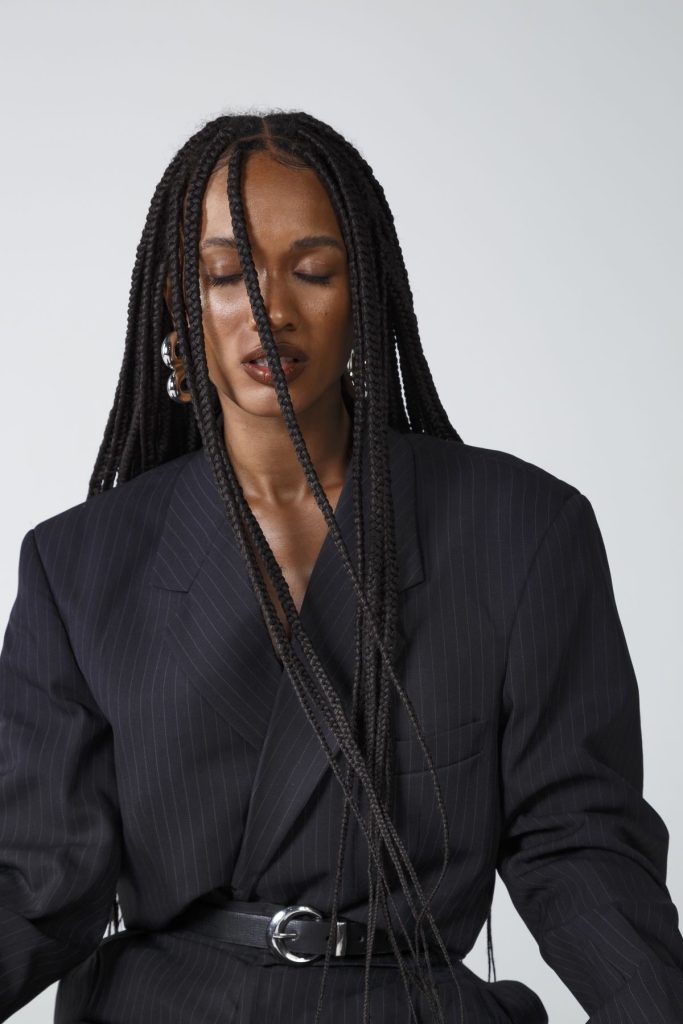
The Economic Injustice: Who Profits from the Crown?
The exploitation isn’t just symbolic; it’s financial. The global hair industry is a multi-billion dollar empire, and Black hair care is a massive segment of it. Yet, how often is that wealth funneled back into the Black communities that created the trends?
- Major beauty brands run campaigns featuring Black models with cornrows but have no Black executives in their boardrooms.
- Fast-fashion retailers sell cheap, mass-produced versions of traditional African headwraps without ever collaborating with or crediting the African artisans whose designs they copy.
- The very stylists and braiders who have perfected these techniques over generations often struggle to build wealth, while their cultural labor is used to generate billions for others.
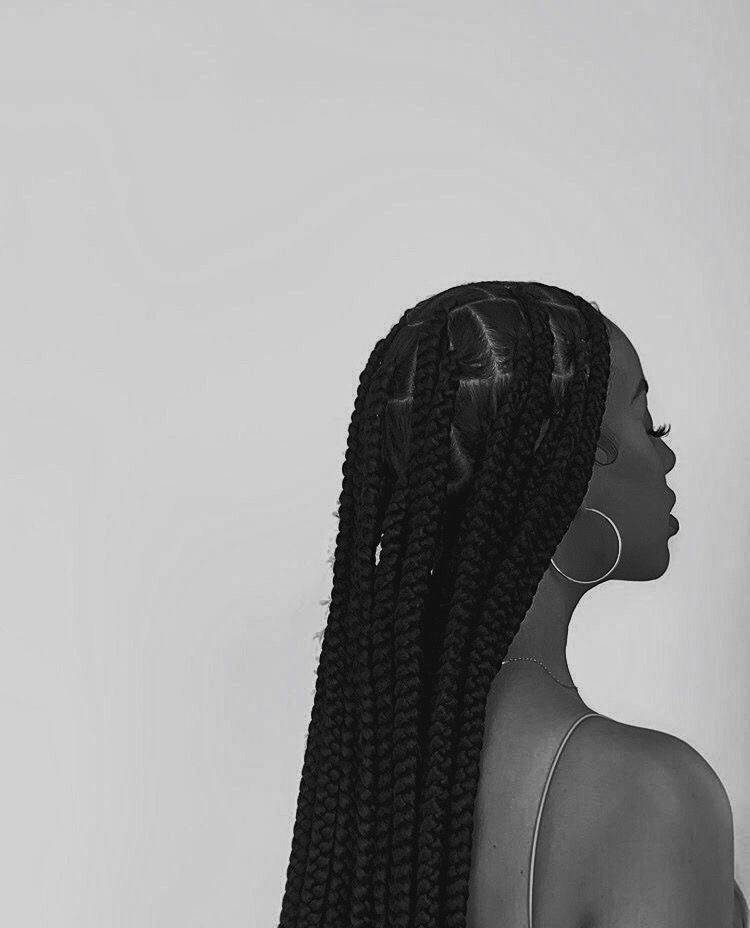
Your Power as a Conscious Consumer
So, what can we do? As readers, as women, as conscious consumers, we have immense power to shift this narrative. Here is your call to action:
- Follow the Money: Intentionally support Black-owned hair care brands, braiders, and beauticians. When you pay for these services and products, you are investing directly back into the community that created them. This is economic empowerment in its purest form.
- Amplify the Origin Stories: When you see a style you love on a non-Black person, use it as an opportunity to educate. Comment with kindness and facts: “Those braids are beautiful! Did you know they have a rich history in African culture dating back centuries?”
- Demand Depth from Media: Support magazines, influencers, and brands that don’t just feature the styles, but also tell the stories behind them. Celebrate those who collaborate with, rather than copy from, Black creators.
- Wear Your Crown with Consciousness: Most importantly, continue to wear your own hair with pride and knowledge. Understand the history of your styles. Your hair is not a trend; it is a testament to a legacy of resilience, creativity, and beauty.
Our hairstyles are more than just aesthetics. They are maps of our history, expressions of our identity, and symbols of our resistance. They are not costumes to be tried on and discarded. The goal is not to build walls, but to build bridges of understanding and respect. It’s a world where everyone can admire the crown, but only those who understand its weight should be allowed to wear it.
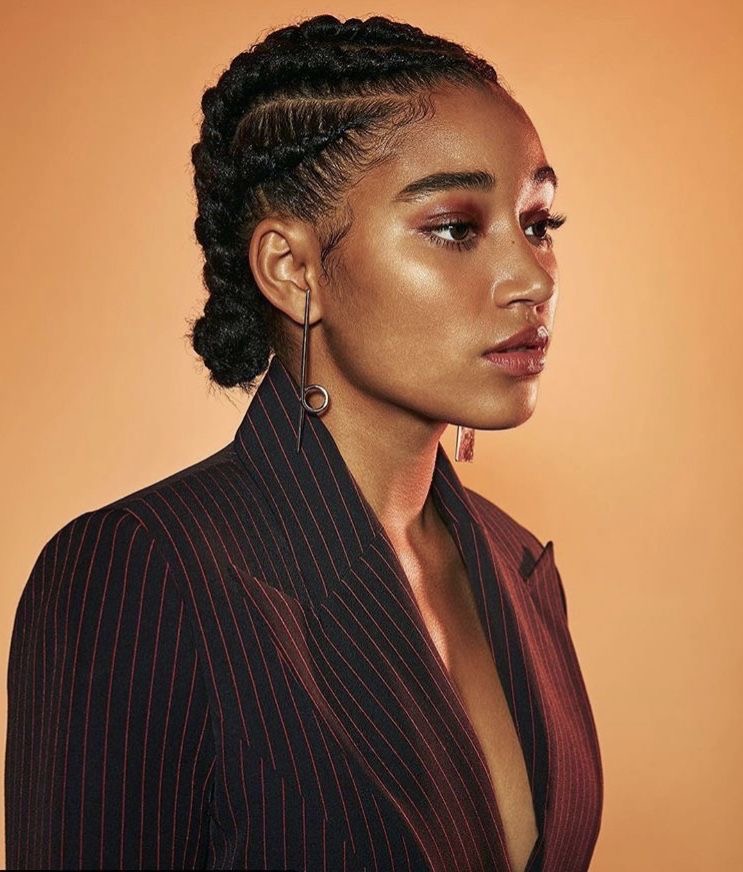
Let’s continue the conversation. How have you navigated this issue? Share your thoughts with us


